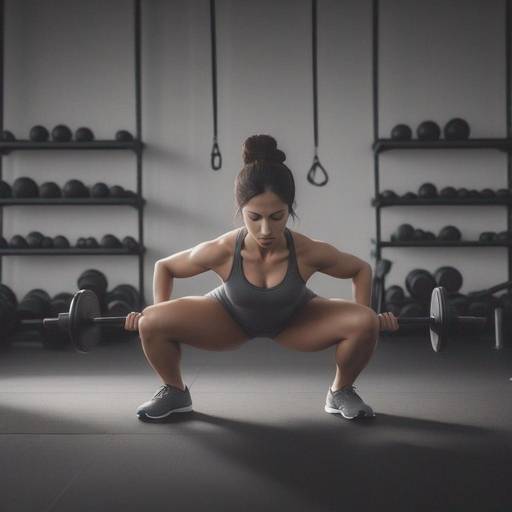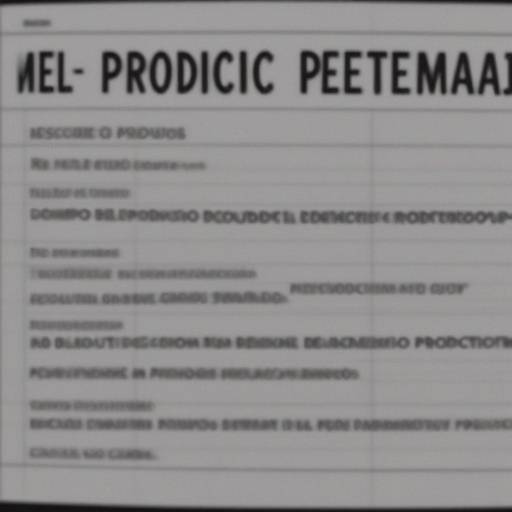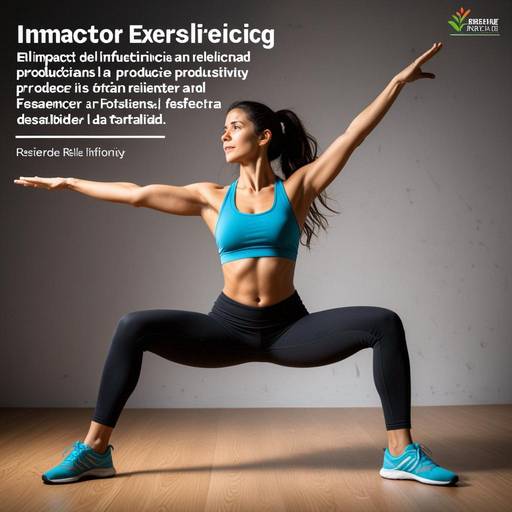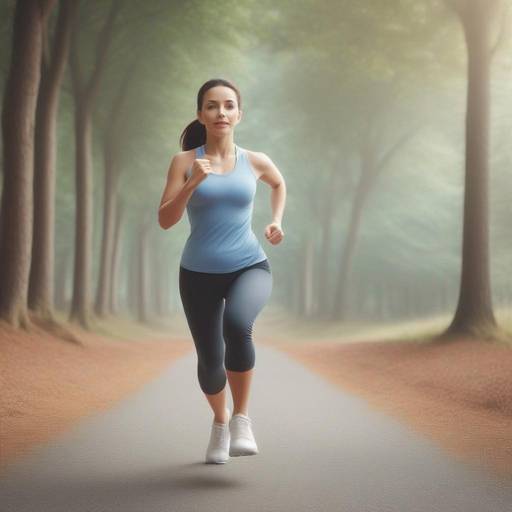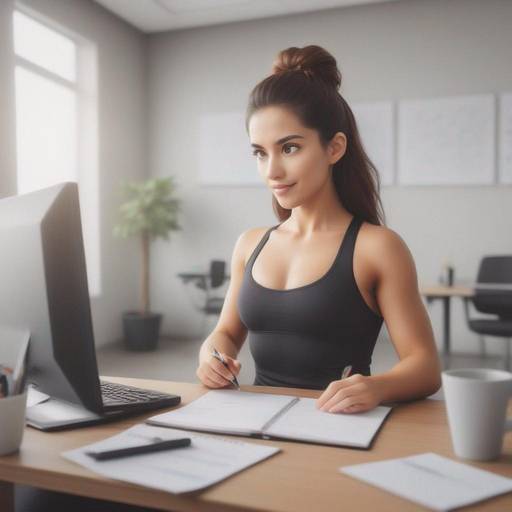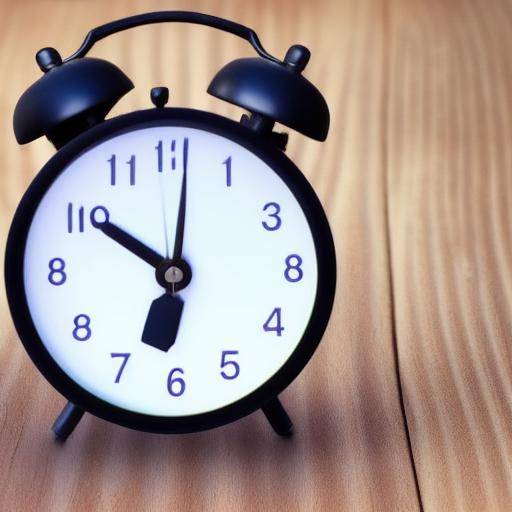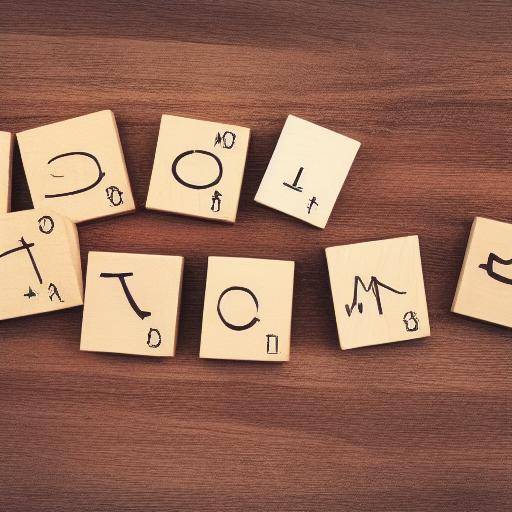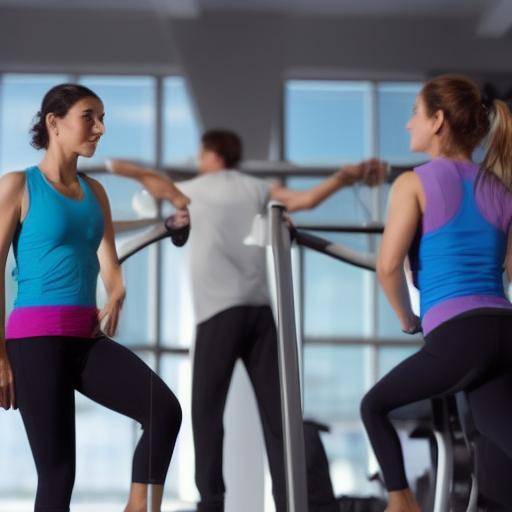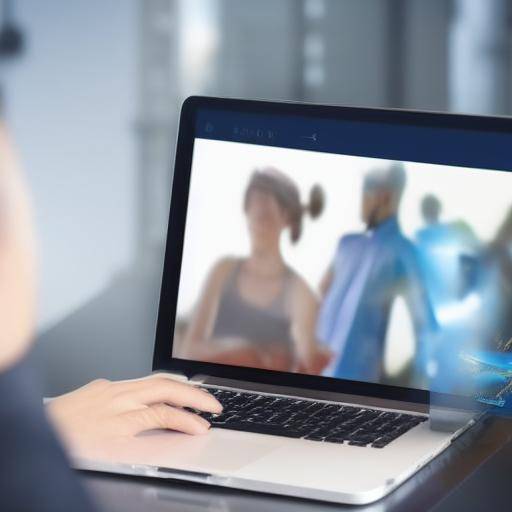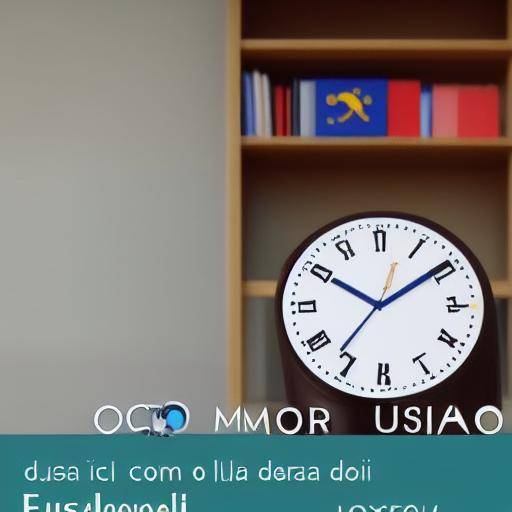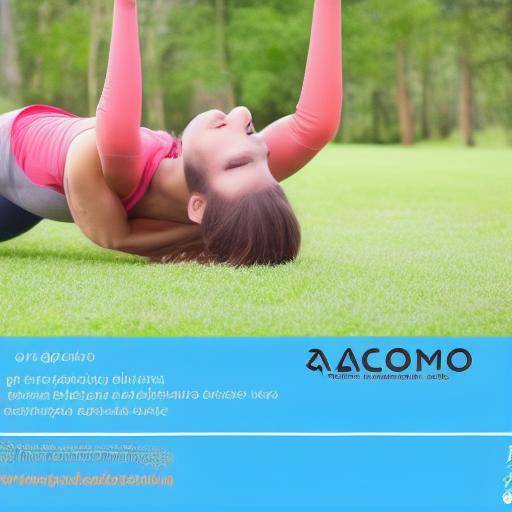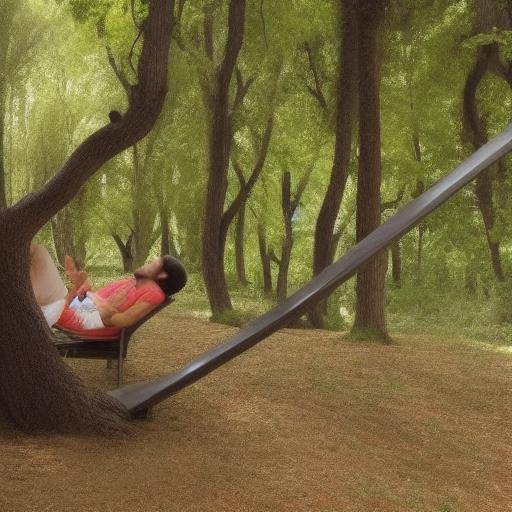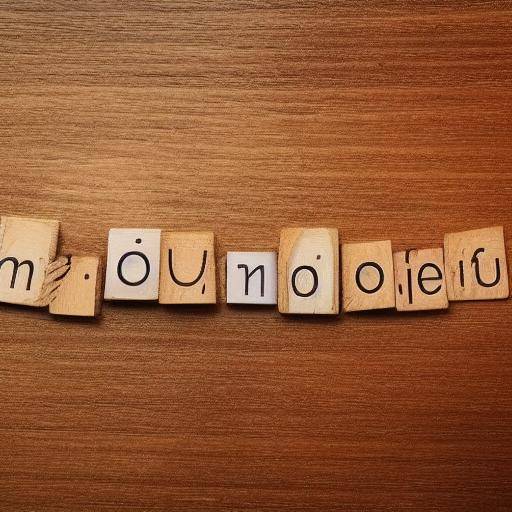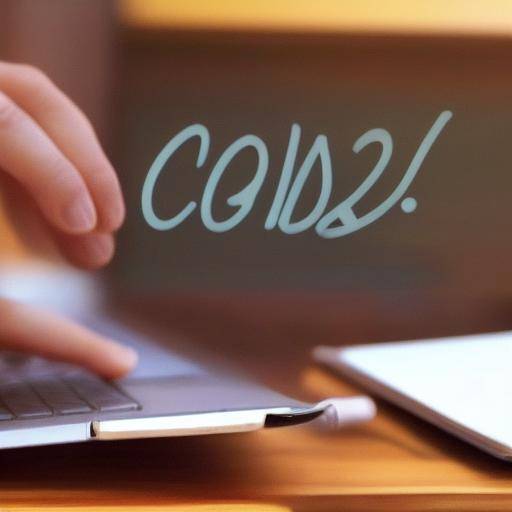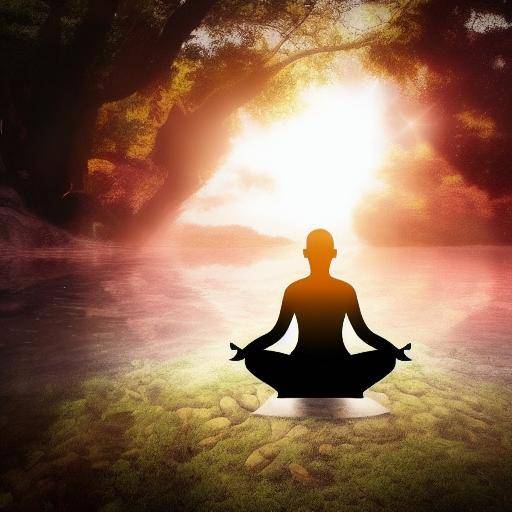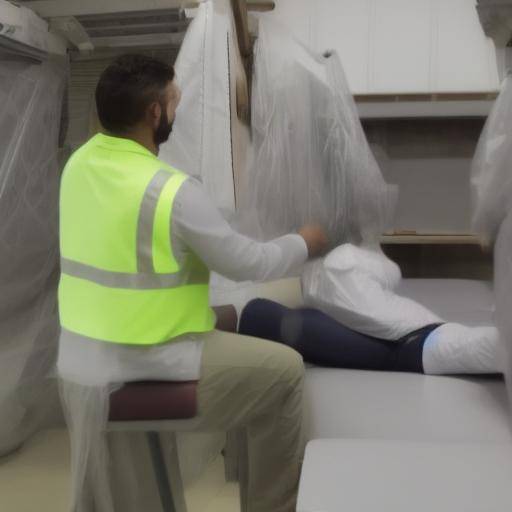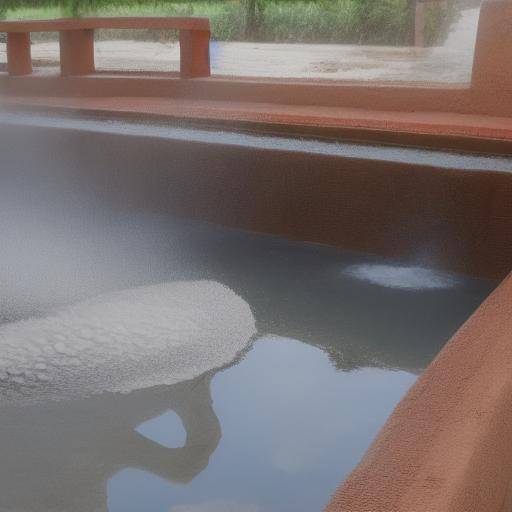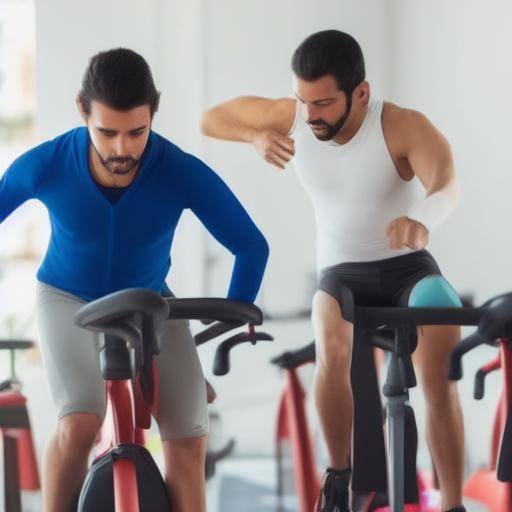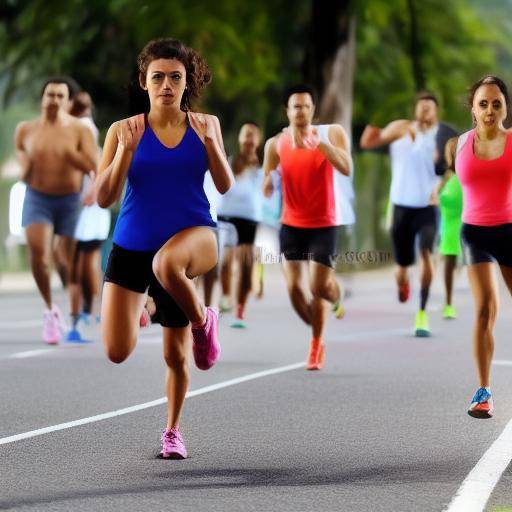
Introduction
Physical exercise in free time is a practice that has gained great relevance in modern society. More and more people seek ways to stay active and healthy during their free time, recognizing the countless benefits this activity brings to their physical and mental well-being. In this article, we will explore in depth the impact of physical exercise on free time, from its historical origins to current trends and future predictions. In addition, we will offer practical advice, expert perspectives and case studies that will illustrate the importance of integrating physical activity in free time to achieve optimal well-being.
History and Background
Physical exercise has been part of the history of humanity since ancient times. From the first athletic competitions in ancient Greece to yoga practices in India, various cultures have recognized the importance of the movement for health and well-being. Throughout the centuries, physical exercise has evolved significantly, adapting to different cultural and social contexts.
The popularization of physical exercise in free time has been influenced by various historical milestones, such as the appearance of the first public gyms in Ancient Rome, the diffusion of modern sports during the Industrial Revolution and the emergence of fitness movements in the twentieth century. These events marked a change in the perception of physical exercise, from being an exclusive activity of athletes and warriors to a practice accessible to people of all ages and physical conditions.
Detailed Analysis
Benefits of Physical Exercise in Free Time
Physical exercise in free time provides a wide range of benefits for physical and mental health. According to scientific studies, regular physical activity in free time is associated with reducing the risk of chronic diseases, such as diabetes, obesity and cardiovascular disease. In addition, exercise helps to improve muscle strength, flexibility and resistance, thus promoting an active and healthy lifestyle.
Current Challenges and Trends
Despite the obvious benefits of physical exercise in free time, there are challenges that can limit their practice. Lack of time, lack of motivation and limited availability of spaces for physical activity are some of the most common obstacles. However, current trends show a growing interest in physical activities such as outdoor yoga, team sports and the use of mobile applications to guide personal training.
Comprehensive review
Practices and Best Practices
Integrating physical exercise in free time not only involves conventional activities such as running or going to the gym, but also encompasses new trends such as home exercise, urban cycling and dance as a form of exercise. Best practices include the diversification of physical activities, the incorporation of strength exercises and flexibility, and the planning of varied and stimulating training sessions.
Industry Perspectives and Expert Reviews
Several experts agree that the integration of physical exercise in free time is essential to promote healthy living habits and prevent sedentarism-related diseases. In addition, they highlight the importance of adapting exercise routines to individual preferences and needs, emphasizing that there is no single formula to stay active and healthy.
Comparative analysis
The relationship between physical exercise, free time and physical well-being is fundamental to understanding the benefits this practice brings to the quality of life of people. While free time is a limited resource, effective physical exercise can enhance physical and mental well-being, creating a harmonious balance between body, mind and leisure time.
Practical Tips & Tips & Accessories
Integrating physical exercise in free time may seem like a challenge, but with proper planning and proper motivation, it is possible to incorporate healthy habits into the daily routine. Some practical recommendations include setting realistic goals, diversifying physical activities, looking for the company of friends or family to exercise together and taking advantage of free time to explore new outdoor spaces.
Industry Perspectives and Expert Reviews
Given the steady increase in health and well-being concerns, the physical exercise industry in free time is expected to continue to expand, offering innovative options and solutions to promote active lifestyles. Health and fitness experts highlight the importance of adopting a holistic approach that integrates physical exercise, nutrition and rest to optimize results and maintain a sustainable balance in the long term.
Case Studies and Applications in Real Life
In order to understand in depth the impact of physical exercise in free time, it is essential to explore case studies that illustrate the positive transformation that this practice has generated in people's lives. From testimonies of individuals who have managed to overcome health challenges through regular physical activity to examples of communities that have integrated exercise in their everyday lifestyle, real cases offer an inspiring and motivating perspective.
Future Trends and Predictions
The future of physical exercise in free time is seen in the development of technologies that facilitate the personalized monitoring of sports performance and health, as well as the expansion of exercise options adapted to urban environments and reduced spaces. Consciousness on the importance of physical exercise in free time is expected to continue to grow, generating a significant impact on public health and general well-being.
Conclusion
Physical exercise in free time is much more than sporadic activity; it is a fundamental practice to maintain an optimal physical and mental balance. By integrating movement into free time, people can enjoy a healthier and more active life, mitigating the impact of a sedentary lifestyle. With proper planning and a comprehensive approach, physical exercise in free time becomes an invaluable ally for general well-being.
Frequently asked questions
What are the benefits of integrating physical exercise in free time?
Physical exercise in free time brings many benefits, including improving cardiovascular health, increasing energy and reducing stress, as well as preventing chronic diseases and strengthening the immune system.
How can I find motivation to exercise during my free time?
Finding the motivation to exercise during your free time can be a challenge, but setting realistic goals, choosing activities that you enjoy and seeking support from friends or family can be effective strategies to maintain motivation.
What is the recommended duration for physical exercise in free time?
According to health guidelines, it is recommended to perform at least 150 minutes of moderate physical activity per week, distributed in sessions of at least 30 minutes, to obtain significant health benefits.
What are some physical exercise alternatives in free time for people with busy hours?
For people with busy schedules, options such as home exercise, high intensity interval training (HIIT) and the incorporation of physical activities into the daily routine, such as walking or using the bicycle to move, are excellent alternatives to stay active.
Is there an age limit for physical exercise in free time?
Physical exercise in free time can be adapted to all ages and physical conditions. From mild activities such as yoga to stronger sports such as soccer, there are options for everyone, regardless of their age or level of physical fitness.
How does physical exercise in free time contribute to mental well-being?
Physical exercise in free time has positive effects on mental well-being by releasing endorphins, reducing stress and anxiety, improving sleep quality and promoting a general sense of well-being and self-esteem.
Conclusion
In short, physical exercise in free time is an investment in health and well-being that offers countless physical, mental and emotional benefits. By understanding the importance of this practice and adopting a proactive approach to integrating it into the daily routine, people may experience a significant improvement in their quality of life. Take advantage of your free time to move, and enjoy the benefits of an active and healthy life!


